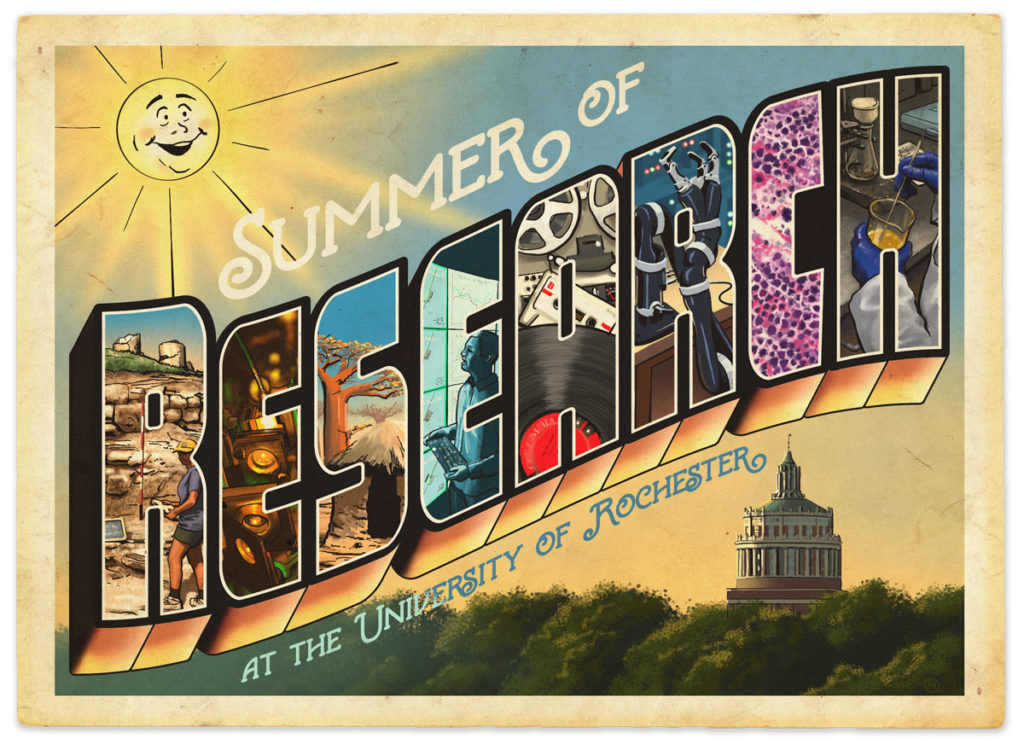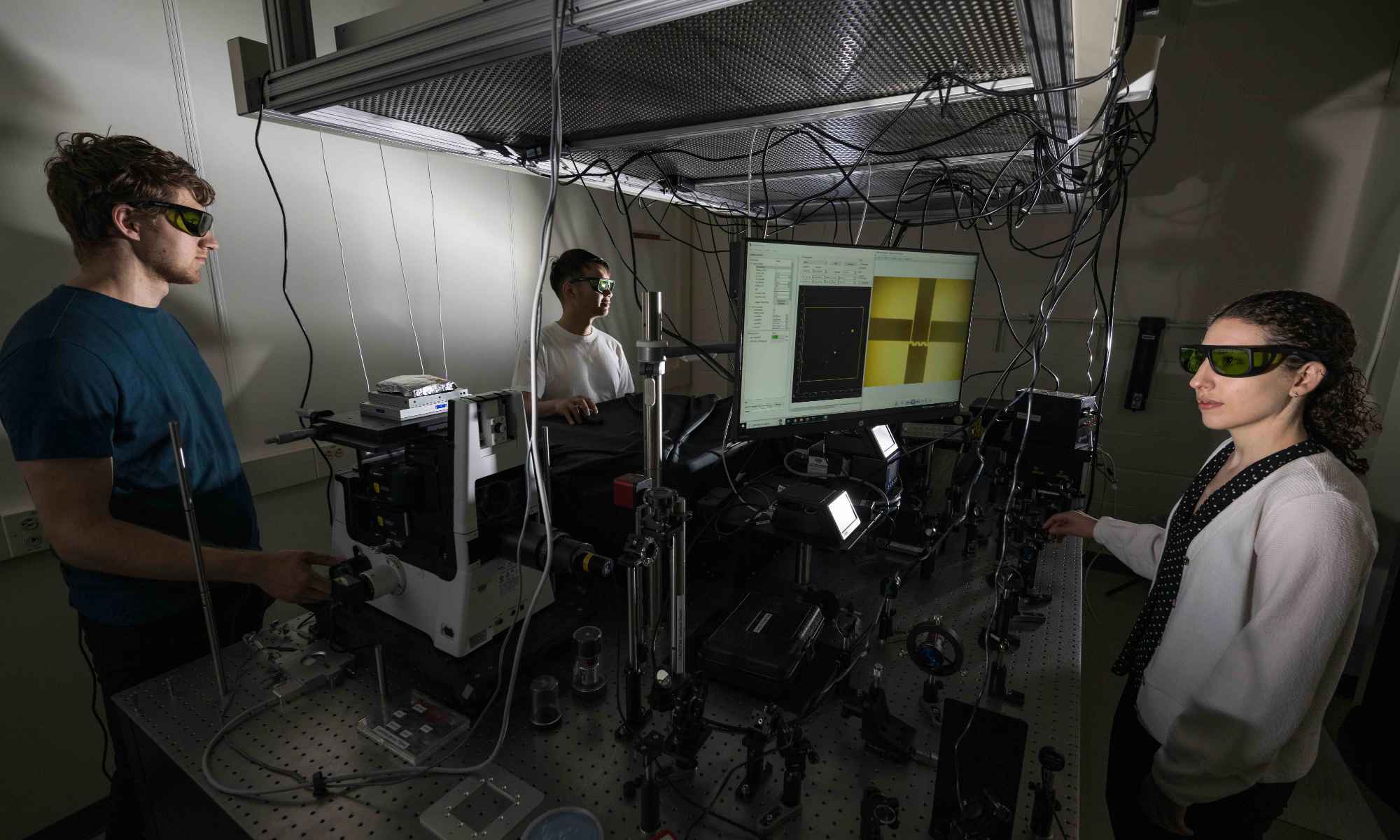
Magdalena Granados ’19 hopes one day to do research that could help her grandmother—and 10 million other people worldwide—who suffer from Parkinson’s disease, a movement disorder that affects nerve cells in the brain.
This summer, her introduction to research as a McNair Scholar could help a different set of patients: Those with brain tumors that need to be removed with the utmost precision to prevent damage to surrounding tissue.
The rising junior is working in the lab of Brad Mahon, an assistant professor of brain and cognitive sciences and of neurosurgery. Mahon collaborates with Medical Center surgeons on “awake language mapping.”
This remarkable procedure helps surgeons pinpoint in advance how aggressively they can remove a tumor without causing damage to regions of the brain that support language.
It works like this:
- Patients are put under anesthesia, then carefully positioned on an operating table.
- They undergo a craniotomy that exposes the brain, and are then awakened (after receiving local anesthesia) so they can respond to language stimuli shown on a monitor.
- As patients respond, surgeons apply electrical stimulation to brain tissue immediately around the tumor site. When the stimulation impairs the patient’s ability to correctly perform a task (such as naming an object shown on the screen), the surgeons know they need to stay away from that stimulated region.
“People have been doing these awake mapping protocols for 60 years, and there has been very little change in the kinds of tasks they use,” Mahon says. “We are working to develop new tasks and optimize existing ones so the mapping is more effective. It would not only improve patient outcomes, but give us an incredible research tool to study the brain.”
And that’s where Granados, a brain and cognitive sciences major, is contributing this summer. She recruited 36 healthy subjects—native English speakers between the ages of 18 and 65—and tested how long it takes them to respond during three different tasks:
- Naming, as quickly as possible, images that appear on a monitor
- Naming the images after first waiting to see the word “go”
- Using shift keys to differentiate between “real” and “unreal” images
“They might see a banana, which we would expect to receive an answer of ‘real.’ But if they see an example of a chimeric image of a truck and bike combined together, then we would expect the participant to answer ‘not real,’” Granados explains.
She is now in the process of entering data from the experiments. Her work will give surgeons a “benchmark” of normative response times to compare to those by patients doing similar tasks while undergoing awake language mapping.
“The kind of work Maggie is doing helps position us to start thinking about how to innovate in this area,” Mahon says.
Granados will continue working with Mahon on the project during the fall semester, taking the necessary steps to build her undergraduate research portfolio. “Phase two is learning how to analyze the data, which is the fun part,” Mahon says. “Phase three is thinking about how to interpret the findings, and phase four would be actually writing a paper.”



